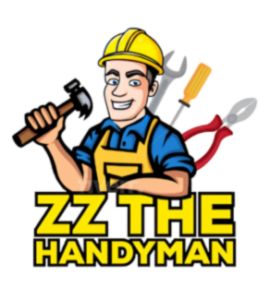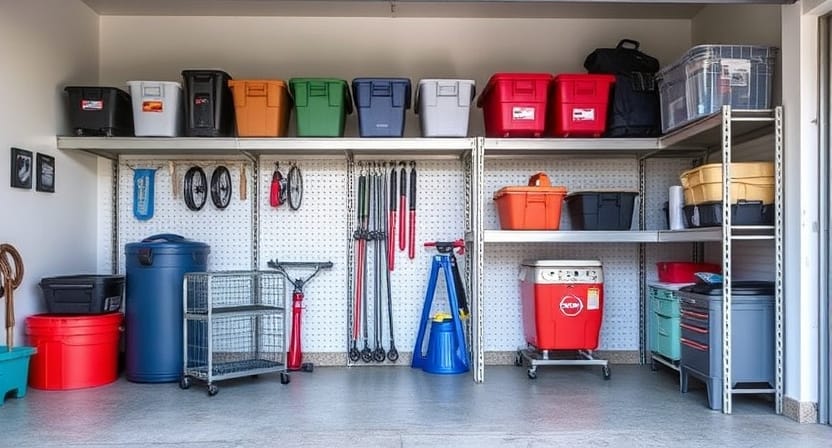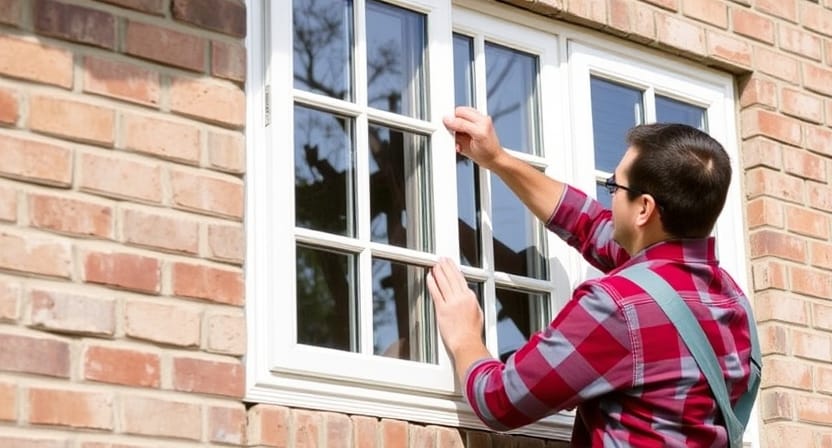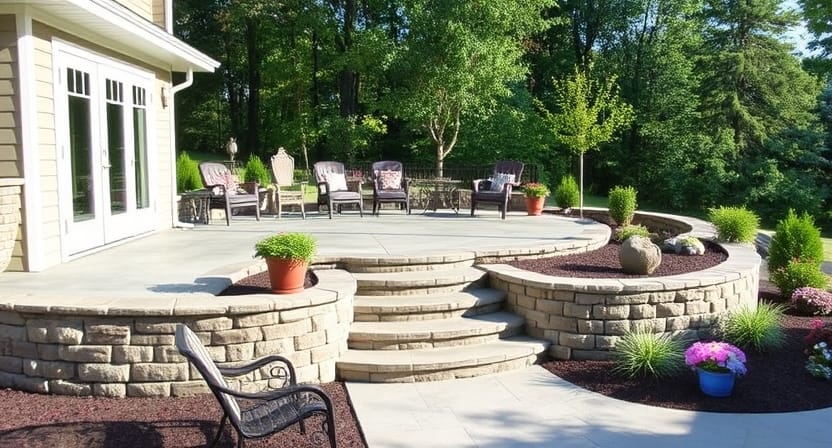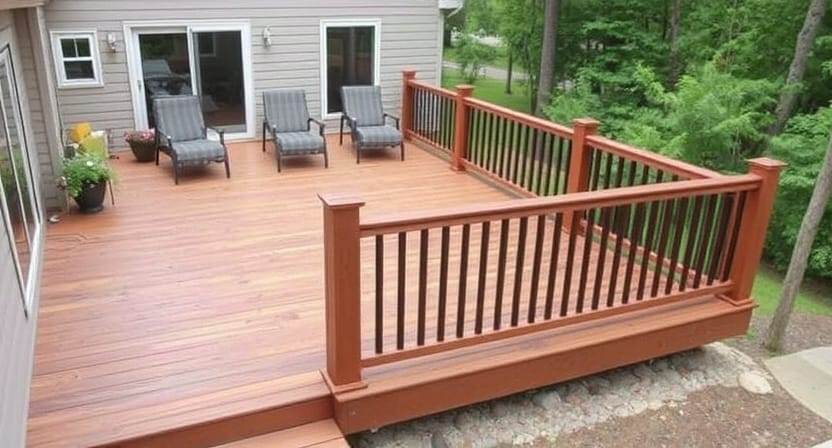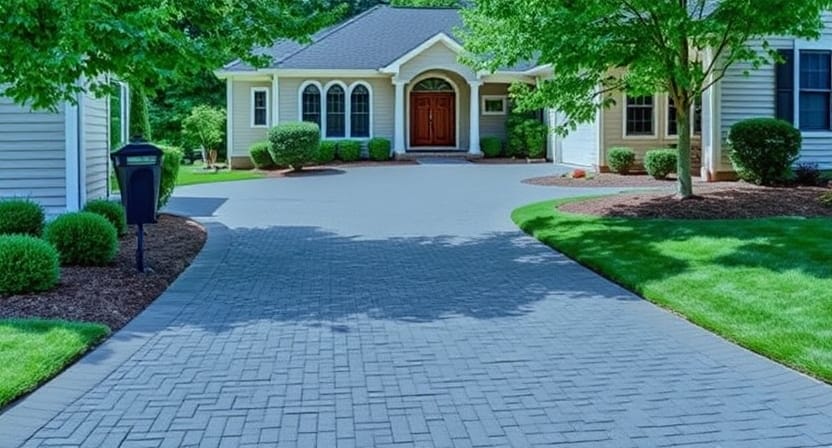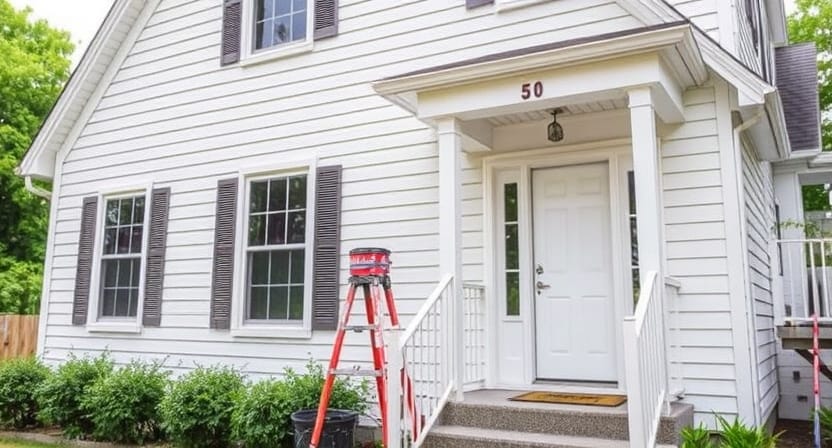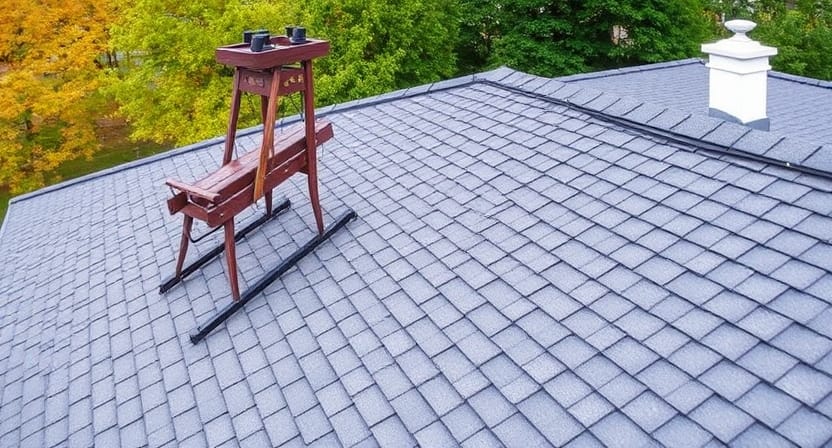The Ultimate Guide for Garage Storage and Shelving: Why ZZ the HandyMan Is Your Best Choice
A cluttered garage can be a source of frustration for many homeowners. Tools, sports equipment, seasonal decorations, and miscellaneous items often find their way into this space, turning it into an unorganized mess. The solution? Garage shelving! With the right shelving system, you can transform your garage into an efficient and functional storage area. And when it comes to installing or designing your garage shelving, there’s no better choice than ZZ the HandyMan. In this blog, we’ll explore the benefits of garage shelving, the different types available, and why ZZ the HandyMan should be your go-to expert for the job. Why Invest in Garage Shelving? 1. Maximizes Space Efficiency: One of the primary benefits of garage shelving is its ability to make the most of your available space. By utilizing vertical space, you can free up valuable floor area for parking your car or working on projects. 2. Organizes Your Belongings: Shelves allow you to categorize and store items systematically. This means no more hunting for that elusive wrench or the box of holiday lights. 3. Improves Safety: A tidy garage reduces the risk of accidents caused by tripping over misplaced items. It also ensures that hazardous tools and chemicals are stored out of reach of children and pets. 4. Enhances Accessibility: With everything neatly arranged, accessing your belongings becomes a breeze. No more sifting through piles or boxes! 5. Increases Property Value: A well-organized and functional garage adds to your home’s appeal, potentially increasing its resale value. Types of Garage Shelving Systems Garage shelving comes in a variety of styles and materials to suit different needs and budgets. Here are the most common types: 1. Wall-Mounted Shelving: These shelves are affixed directly to the garage walls, making them ideal for saving floor space. Wall-mounted shelves are sturdy and can hold heavy items like tools and hardware. 2. Freestanding Shelving Units: These versatile shelves don’t require installation and can be moved around as needed. They are great for renters or those who frequently reorganize their garage. 3. Overhead Shelving: Designed to utilize ceiling space, overhead shelves are perfect for storing seasonal or infrequently used items. This type of shelving keeps your belongings out of the way but easily accessible with a ladder. 4. Modular Shelving Systems: Modular systems offer customization options, allowing you to configure shelves, cabinets, and hooks to suit your storage needs. They are a fantastic choice for those who want a tailored solution. 5. Slatwall or Pegboard Systems: These systems involve panels mounted on the wall with slots or holes for hooks and shelves. They are ideal for organizing tools, gardening equipment, and other smaller items. Why Choose ZZ the HandyMan for Your Garage Shelving Needs? When it comes to garage shelving, not all solutions are created equal. Here’s why ZZ the HandyMan stands out as the top choice: 1. Expert Craftsmanship: With years of experience, ZZ the HandyMan delivers high-quality craftsmanship. Whether it’s a simple wall-mounted shelf or a complex modular system, you can trust us to get the job done right. 2. Tailored Solutions: Every garage is unique, and so are your storage needs. ZZ the HandyMan offers customized shelving solutions to match your space, style, and budget. 3. Durable Materials: We only use top-grade materials to ensure your shelves are built to last. From heavy-duty metal to moisture-resistant wood, we’ll recommend the best options for your garage. 4. Professional Installation: Don’t stress about the installation process! Our team will handle everything from start to finish, ensuring a seamless and hassle-free experience. 5. Affordable Pricing: Quality doesn’t have to break the bank. ZZ the HandyMan provides competitive pricing without compromising on service or materials. 6. Commitment to Safety: We prioritize safety, ensuring your shelving system is securely installed and capable of handling the load. This attention to detail minimizes the risk of accidents and keeps your belongings secure. 7. Exceptional Customer Service: At ZZ the HandyMan, we believe in building lasting relationships with our clients. Our friendly team is always ready to answer your questions and provide expert advice. Materials Used in Garage Shelving The material of your shelving system plays a crucial role in its durability and functionality. Common options include: 1. Metal Shelves: Typically made from steel or aluminum, metal shelves are incredibly sturdy and can support heavy items. They are perfect for storing tools, machinery, and other robust equipment. 2. Wood Shelves: Wooden shelves offer a classic look and are great for lighter items. However, they may not withstand heavy loads and can be susceptible to moisture damage. 3. Plastic Shelves: Plastic shelving is lightweight, affordable, and resistant to rust and corrosion. It’s an excellent option for storing items like gardening supplies or cleaning products. 4. Wire Shelves: Wire shelving provides excellent ventilation, which is ideal for items that need airflow, such as paint cans or sports equipment. However, it may not be suitable for small items that could fall through the gaps. Final Thoughts Garage shelving is a game-changer for homeowners looking to declutter and organize their space. Whether you opt for a simple freestanding unit or a customized modular system, the right shelving can make your garage not just a storage area, but a functional and enjoyable part of your home. When it comes to designing and installing your garage shelving, trust ZZ the HandyMan. With our expertise, commitment to quality, and focus on customer satisfaction, we’ll transform your garage into the organized haven you’ve always wanted. Ready to get started? Contact ZZ the HandyMan today and take the first step towards a better, more efficient garage!
